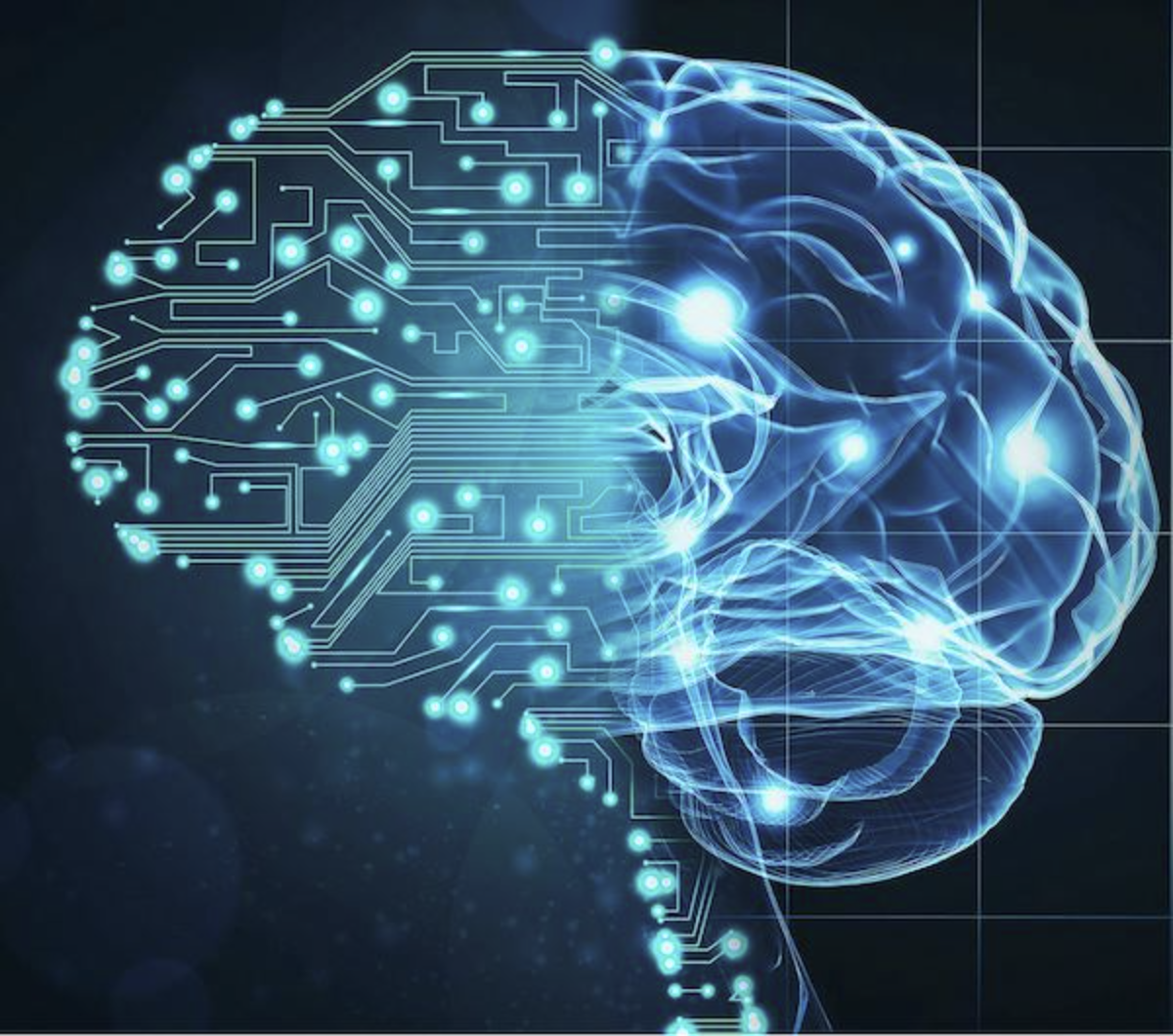
Introduction to Database Management Systems
Today, every company collects and processes vast amounts of data. To manage this data efficiently, businesses rely on database systems. Take Flipkart, for example. It gathers huge volumes of data and uses a database system to store, organize, and leverage this data. So, what exactly is a database system?
What is a Database System?
A database system consists of two main components: the database itself and the database management system (DBMS). A database is simply a collection of data stored electronically. For example, Flipkart stores customer information such as login details, product searches, and browsing history in a database. This data is stored on a server and can be classified into two types: structured and unstructured databases.
- Structured databases store data in a specific format, such as tables.
- Unstructured databases have no particular format for storing data. A webpage, for example, with its images, videos, and text, is unstructured data.
In fact, around 90% of the data worldwide is unstructured. On the other hand, structured data is stored in tables, and the most common type of structured database is a Relational Database Management System (RDBMS). RDBMS uses tables (or relations) to store data. To interact with or manipulate this data, users rely on a DBMS, such as MySQL, SQL Server, SQLite, PostgreSQL, or Oracle.
Advantages of DBMS
Now, let’s look at the advantages of DBMS and why it has replaced the older flat-file system. While the flat-file system is still in use, it was primarily used in the 1970s to store data in simple files. It is still found in systems like laptops where basic data is stored in drives like CIFS and NFS in a hierarchical manner. So, what prompted the need for DBMS?
In today’s world, with the use of client-server architecture, DBMS is crucial. Client-server architecture centralizes data storage, allowing users from anywhere in the world to access the data. A flat-file system simply cannot handle this. For example, imagine searching for a product on Flipkart. If the data was stored in a flat-file system, it would take a long time to search through 50GB of product data. However, with a DBMS, you can quickly retrieve information by executing a simple SQL query, making it fast and efficient. Also, in a flat-file system, you need to know exactly where a file is located, including its name and other metadata, whereas DBMS hides all that complexity from the user.
What is Metadata?
Metadata is essentially “data about data.” It describes the properties and characteristics of the data stored in the system, such as its size, type, and location. In a DBMS, you don’t need to worry about metadata—just make a request, and the system will handle everything behind the scenes.
Why DBMS?
DBMS offers several advantages over older systems, such as:
- Concurrency: DBMS allows multiple users to access data simultaneously without issues. For example, many users can search for the same product on Flipkart without causing any problems, thanks to DBMS protocols for managing concurrency.
- Security: DBMS uses role-based security, allowing different users to have different levels of access. In contrast, flat-file systems don’t have this level of security control.
- Data Redundancy: DBMS helps reduce redundancy, meaning the same data won’t be stored multiple times. It uses keys and protocols to prevent this, unlike flat-file systems, where redundancy is a common issue.
Components of DBMS
A DBMS consists of several key components:
- Hardware: This includes the physical devices used to store and process data, such as the computer’s hard drive, input-output channels, and other components.
- Software: DBMS software manages the database and provides an interface for users to interact with the system. It interprets commands and executes them on the database.
- Data: The actual information stored in the database. The purpose of a DBMS is to store, manage, and manipulate this data effectively.
- Metadata: Information about the data, such as when it was added, its size, and how it relates to other data in the system.
- Procedures: Instructions on how to use and manage the DBMS, including tasks like installation, logging in and out, database maintenance, backups, and generating reports.
- Database Access Language: This is the language used to interact with the database, including commands to insert, update, delete, or retrieve data. Users can write commands in this language, which the DBMS then executes.
Users of DBMS
Users interact with the DBMS to create new databases, tables, and other data structures. They can insert, update, retrieve, and delete data through commands written in the database access language.
In summary, a Database Management System plays a critical role in modern data management, offering a more efficient, secure, and scalable way to store and interact with data compared to older flat-file systems. With components like hardware, software, data, metadata, and access language, DBMS ensures that businesses can manage their data effectively and securely.













